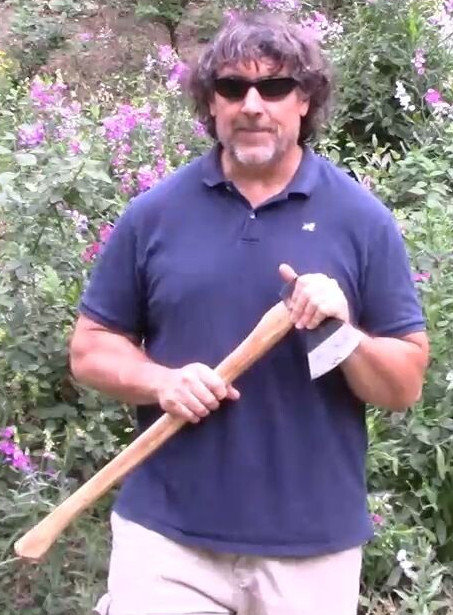Arnold, CA…This parcel has several seasonal springs on it thankfully. In this past wet winter the hill behind the Chainsaw Cabin was flowing 20-30 gallons a minute. As we get into summer the flow has dropped to a fraction of that. I know that a some point I need to improve the spring farther down the hill as it will have the best prospects for good year round flow.
In the meantime I dug a few holes a few feet deep in the rock behind the cabin as basically catch basins for the spring water and also to have a cleaner spot to pump the water to the holding tank.
I learned a hard lesson that spring water is a bit ephemeral. If I went a few inches too deep in my holes water just disappeared into the soil below the hole. More is not better. Just a few basins and let the water come to us is the best approach.
This is hard, long, boring work that isn’t much fun to do much less video but it is also a very real part of doing a project like this with a very small budget.
Without water everything stops so whatever you were doing gets put on hold until you have decent water production again. It really is farming for surface water.
To put down a well to pull from the aquifer 100FT below would be more 20 times the cost of this entire project.
About The Chainsaw Cabin
The Chainsaw Cabin is our first building, a small 120 square feet shed/cabin on Hewn Hill. All lumber will be hand milled with a small inexpensive electric chainsaw. This is to see if anyone can build a small functional building with literally tools you can find at a garage sale and our only costs will be roofing, fasteners & glass for windows.
The Chainsaw Cabin will be single wall construction where the wallboards are a structural component of the build. Many of our primitive and pioneer building were constructed this way. The outside wallboard is also the interior board as well.
Henry David Thoreau’s cabin was only 10 x 15 and not much bigger than you can legally build today without a permit in most counties. For the Chainsaw cabin while it will only be 10 x 12 it will have a sleeping/storage loft. So if you are staying for a night or two at least you will have separate work, living & sleep areas.
In 1854 is cost the tiny home pioneer $28.13 to build his modest abode. With inflation that comes in at $962.80 in todays shrinking dollars. That is our goal to build our small structure with doors, windows and roofing for less adjusting for inflation than Henry did many years ago.
We are starting with outbuildings to get the property functional. Places to store tools, a solar shed & a place to sleep if need be. This is phase one and we hope to get that done this year starting with the Chainsaw Cabin then learning how to build a log structure on our next shed.
Next year, Lord willing we will start on our main two story, traditional log cabin built with logs from the property and probably a few other locally sourced ones as well.
About hewn.co
At Hewn we are going take you on a journey to see if it is still possible to build a functional, small homestead that anyone, even someone making minimum wage can build and own. We are going to try this in California no less. Join us as we attempt to build an off grid, solar powered, rustic, pioneer style homestead.
#OffGrid #TinyHome #HewnTV #TinyHouse #Pioneering #TinyCabin


